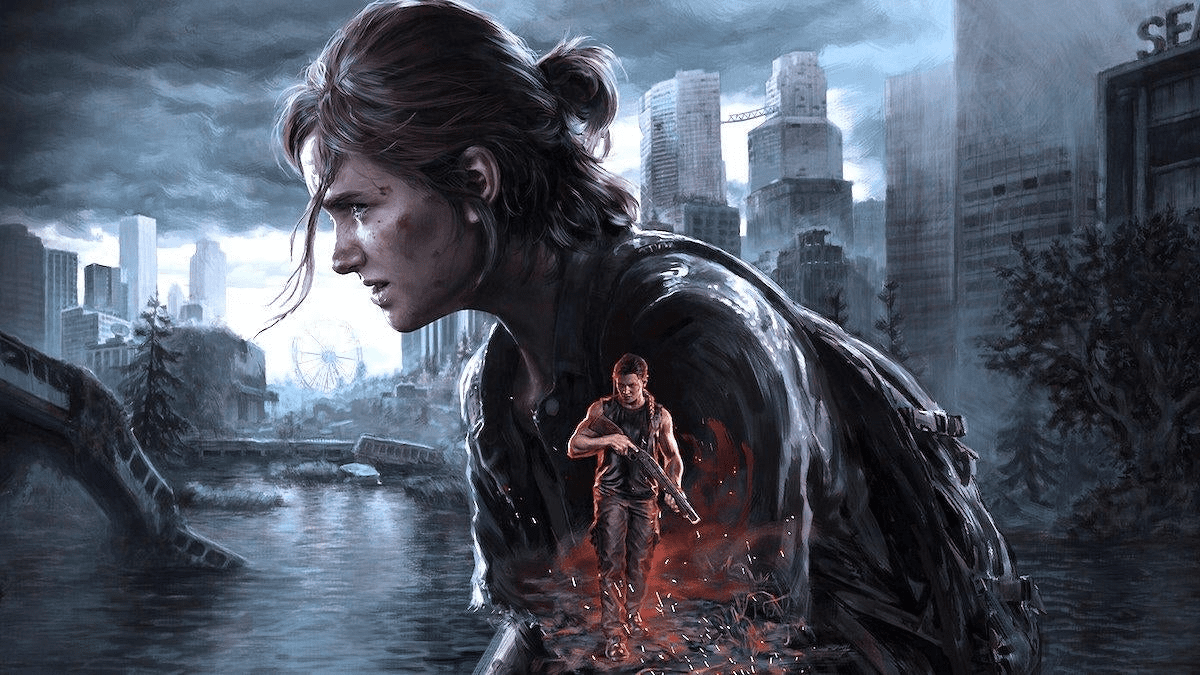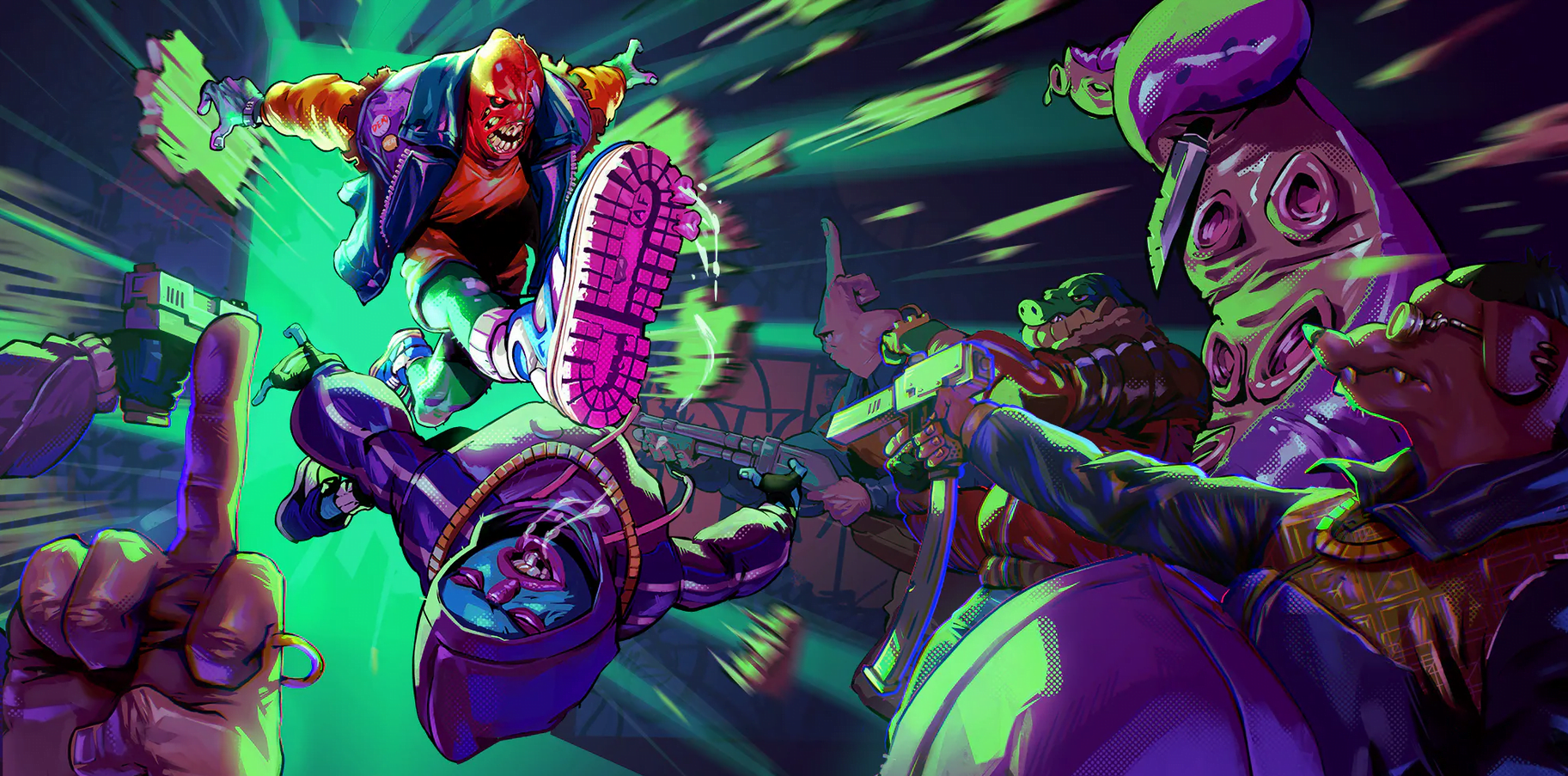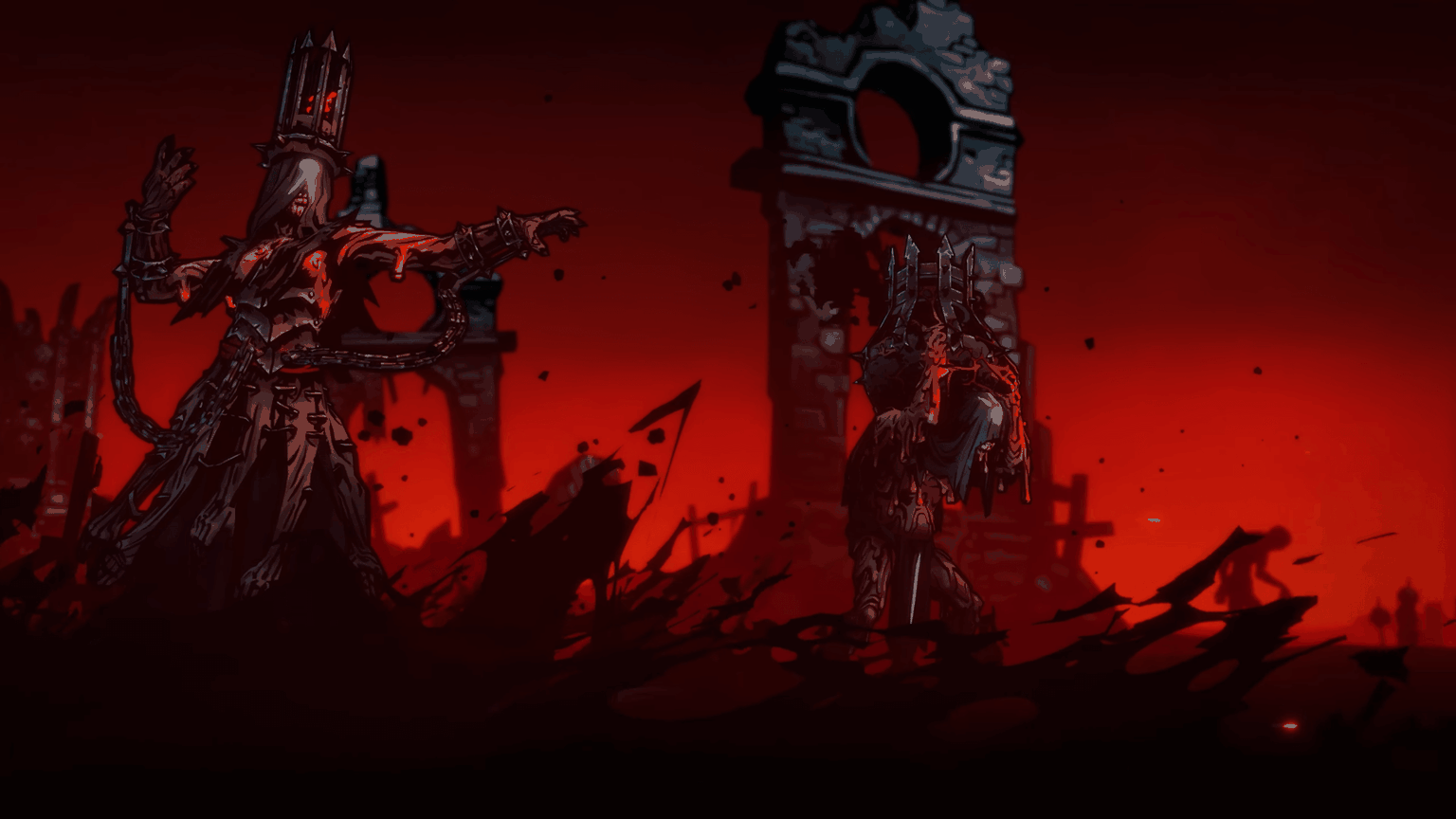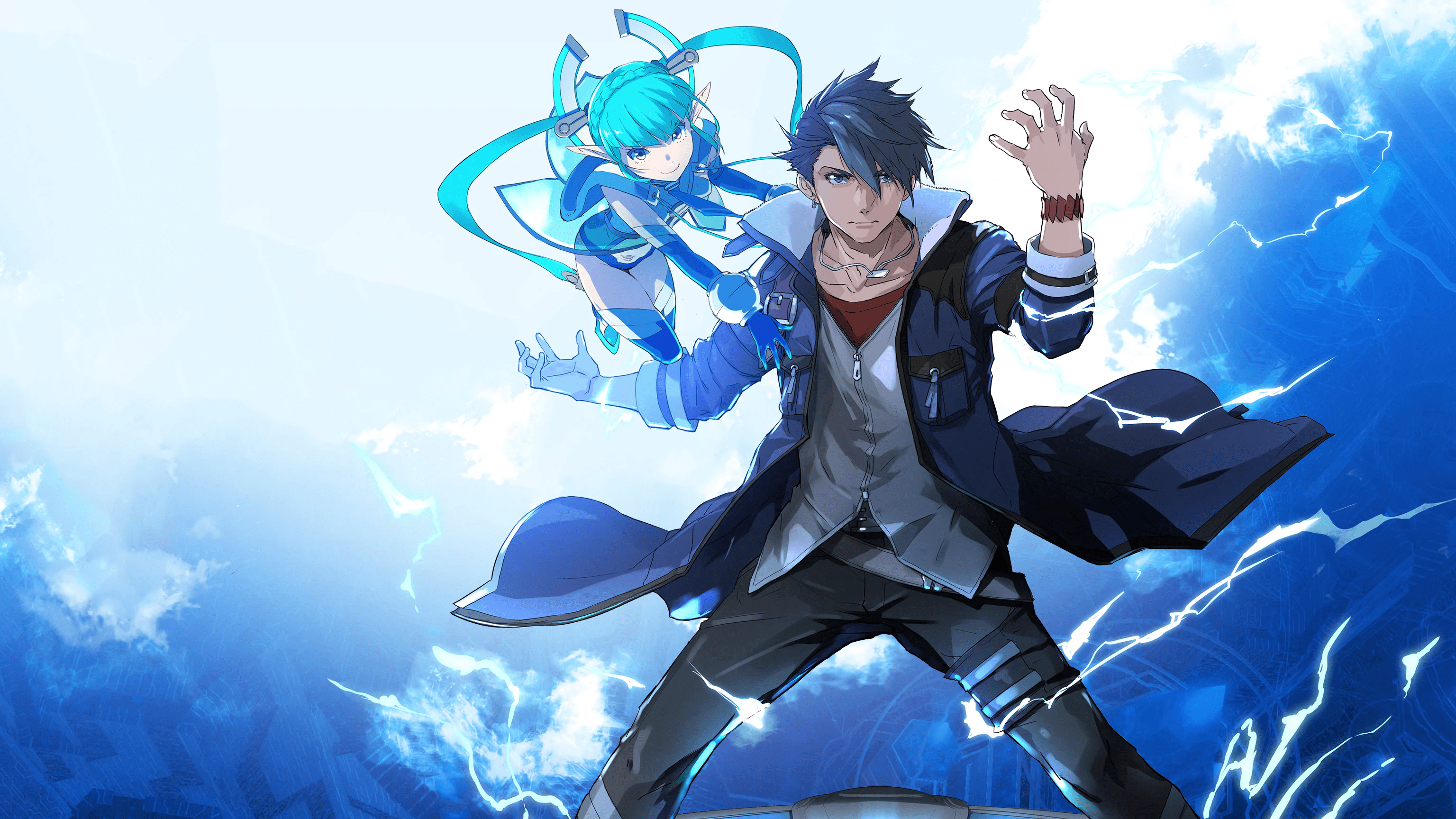The Last of Us Part 2, originally released in 2020, continues the story of Ellie and Joel after the events of the first game. Picking up immediately after they leave the CDC, and return to the large settlement of Jackson (also known as Jackson City), part of Jackson County, Wyoming. Jackson is something of a rarity in the world of The Last of Us, a large functioning community of survivors standing defiant against the various militant factions and overwhelming hordes of infected that have overrun most of the major cities in the post-apocalyptic world that Naughty Dog has created.
From a narrative standpoint, the story itself isn’t as strong as the first entry in the series, but what it lacks in novelty and originality, it makes up for in emotional resonance. Ellie (because all characters in The Last of Us have one name, like Cher or Madonna) goes through a lot of trials and tribulations on her journey and comes out the other end a very different person. The Ellie we meet at the beginning of The Last of Us is almost unrecognizable from the Ellie we see in the later stages of The Last of Us Part 2.
Much of Ellie’s journey and often all that keeps her going is the promise of revenge. From a psychological point of view there are various questions that could be asked that are unfortunately not addressed in the game, such as “what would it mean for Ellie to just let this anger and hate go, and who would she be then?” Since so much of her identity for a majority of the game is simply an angry person, hell bent on revenge, her identity and place in the world outside of that isn’t really explored.
This also does Ellie something of a disservice in reducing her to just “angry ball of rage.” In Part 1 of the Last of Us, we see Ellie and Joel go from two people who barely know each other and certainly don’t trust each other to Ellie basically becoming a daughter to Joel. He teaches her to ride and shoot and play guitar. They trade dad jokes. He saves her life. We see the unique relationship they have in flashbacks in Part 2 as well. It’s just a shame that there aren’t any relationships in Part 2 that are anywhere near as compelling.

The relationships Ellie does have this time around, if not compelling, are at least interesting. There’s Dina, Ellie’s frequent companion and her boyfriend Jesse. Dina is portrayed as a new childhood friend but things with Ellie get complicated after they have a night of intimacy and then really get complicated after she finds out that she’s pregnant.
Dina is also interesting in that at various moments in Ellie’s journey, she seems to want to challenge the fact that Ellie’s single minded revenge focus is likely to get her killed but never outright calls her out on it. There’s also Joel’s brother, Tommy, who runs off on his own vengeance filled arc, leaving Ellie and company to follow in his footsteps.
On the other side of the revenge fueled coin, there’s Abby. Abby is on her own revenge quest as well to find and kill Joel, who killed Abby’s father when she was a teenager while attempting to rescue Ellie from the operating table and the harvesting of a cure for humanity which would have meant Ellie’s death. This act ultimately spurs Ellie into action and is the catalyst for her long journey to find and kill Abby.
Abby and Owen have a thing, but Owen has gotten Mel pregnant which is complicated too, but honestly feels forced as this dynamic is almost a mirror of the Ellie-Dina-Jesse one. There are concepts such as the cycle of violence, and conflict as personal trauma at work here but none of this is ever engaged with on anything but a surface level, leaving the whole experience feeling rather shallow.
From a graphical perspective, the PlayStation 5 version of the game boasts some of the nicest visuals we’ve seen on the console to date. Clothes and hair become saturated with water when wet and flames crackle and leap and spread impressively. Explosives blow apart enemies, leaving behind bloody chucks and gory limbs. Greenery like tall grass and leafy shrubbery are all lush and verdant and everything is rendered beautifully.

One of the things that has made a welcome return from the 2020 version of the game is the massive selection of accessibility options. Not just limited to difficulty options, the game features a full suite of options for visual accessibility, hearing accessibility, and motor accessibility. You don’t have to be impaired to enjoy these either, as many of these options are helpful for everyone.
Some examples include navigational assistance, which you can follow directly to the next story point or take a detour for a collectible or some ammo. Enhanced listening mode can be beneficial in finding small items in out of the way places and dark rooms. Finally, auto pickup can eliminate the need to push a button to pick things up, making it much more efficient to find and grab crafting materials.
One new addition to The Last of Us Part 2 Remastered is the much hyped No Return mode. Essentially a roguelike where you take one character through a number of skirmishes before engaging in a challenging boss fight, this mode has its own difficulty options and can be customized with a plethora of mods. As someone who doesn’t usually play roguelikes, this mode can be a lot of fun.
In the end, The Last of Us Part 2 Remastered is perhaps less of a game and more of a morality play minus the morality. The seemingly endless parade of violence that’s consistently on display is often reduced to “people hurt me, so I’m going to hurt them back” without any discussion of feelings or alternative courses of action or any form of deeper engagement or meaningful discourse.

Worse, the fact that personal trauma is often implied as an excuse to perpetrate even more violence is disturbing. This is a shame for a number of reasons, not the least of which is the fact that in the quieter, more peaceful moments of the game (typically reserved for flashbacks), the writing and voice acting are very well done. In a game overflowing with a veritable downpour of tragedies, the biggest one may be actually playing the game itself.
*Editor’s Note: It is important to note that creator Neil Druckman of Naughty Dog has stated that the Israeli-Palestinian conflict was an inspiration for the game and has repeatedly expressed Zionist beliefs.





